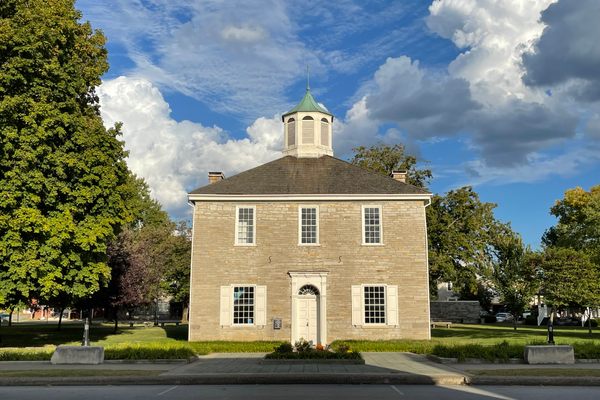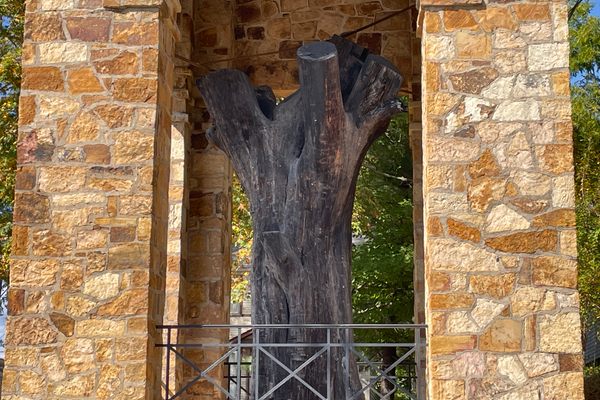AO Edited
Plaza Valentín Gómez Farías
Named after a Mexican president, who once lived nearby, this park in a residential Mexico City neighborhood packs a whole lot of history into a small space.
Valentín Gómez Farías was President of Mexico during two separate one-year periods in the 1830s and 40s. As vice president to Antonio López de Santa Anna, Valentín was never elected into the position, but became the acting president when Santa Anna was unable to occupy the position, usually due to military campaigns. This small park was named after Gómez Farías due to his home being located nearby. Following his death in 1858, he was actually buried in the court of the house (although his remains were moved to a mausoleum in 1933), which would eventually be transformed into the modern-day Mora Institute.
The reason why he was buried there, was because the Catholic churches did not want to receive his remains in their cemeteries since he promoted the first liberal reforms in Mexico in the 19th century (against the Catholic power). Resentful, the Catholic clergy from the church across the street invented the legend that at night the ghost of Valentín would ride around the square on his horse imploring Jesus for forgiveness.
The Instituto Mora is a cultural center including a bookstore. While the park was named after the most famous inhabitant of the house, the institution that now occupies it was named after Gómez’s advisor, José María Luis Mora. Mora was something of a polymath, developing careers in journalism, politics, and diplomacy. Owing to his authorship of books advocating for liberalism, he is a worthy namesake for this literary center.
This is not the only house adjacent to the square to have connections to Mexican history, as the writer Ireneo Paz also lived nearby until his death in the 1920s. While Ireneo was known in his own right, perhaps his most famous connection is as grandfather to Octavio Paz, the first Mexican to win a Nobel Prize for Literature, and who certainly roamed his grandfather’s house as a child. Next to both literary houses, you can find a working Dominican convent dedicated to Saint Catherine of Siena.
While both Gómez and Mora belonged to political currents that denounced the abuses and power of the Catholic church in Mexico, the presence of the working convent, as well as a 16th-century church along this same park, go to show that the religious institutions have continuously played an important role in Mexican society and identity. The Dominican nuns will often be found selling baked goods and products out of the convent (especially around holidays), as well as offering the occasional guided tour of their convent.
What is likely the single oldest building standing in the periphery of the Plaza, the Temple of Saint John the Evangelist dates to the 16-17th centuries, when the Spanish religious authorities decided to rename this part of the Aztec/Mexica town of Mixcoac into San Juan Maninaltongo, placing it under the overview of the Christian saint. While in the 21st century the church is somewhat abandoned and only open at random, its stone facade is notable for its intricate carving in stone of the Virgin of Guadalupe, to whom the church is also dedicated.
A legend tells that there was an epidemic and the entire town was burned, but an image of the Virgin survived in one of the houses and was venerated there. This is how the church was built arround the image. In the atrium are the remains of the viceregal atrial cross that fell when a Christmas posada was being held and a rope was hung from it to break the piñata.
On the tiny Gómez Farias street, in front of the garden, lived the Chilean poet and educator, Gabriela Mistral. It would be her first stop on a trip around the continent that she began in 1922 in her quest to improve the educational system of that time.
Know Before You Go
For a chance to buy food from the nuns it is advised to visit during the mornings and early afternoons surrounding Mexican holidays. In early January you can expect roscas de reyes for Epiphany; while in mid-September, chances are high for the patriotic chiles en nogada.






















Follow us on Twitter to get the latest on the world's hidden wonders.
Like us on Facebook to get the latest on the world's hidden wonders.
Follow us on Twitter Like us on Facebook